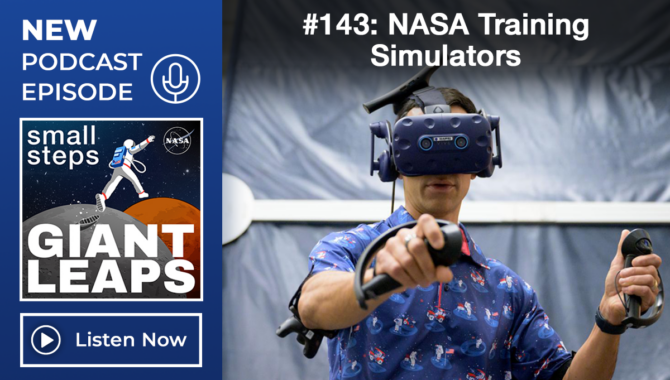
Before leaving the ground, astronauts prepare for spaceflight by immersing themselves in life-like training simulators. NASA’s Simulation and Graphics Branch makes it happen, and it’s critical to the success of humans in space.

Before leaving the ground, astronauts prepare for spaceflight by immersing themselves in life-like training simulators. NASA’s Simulation and Graphics Branch makes it happen, and it’s critical to the success of humans in space.
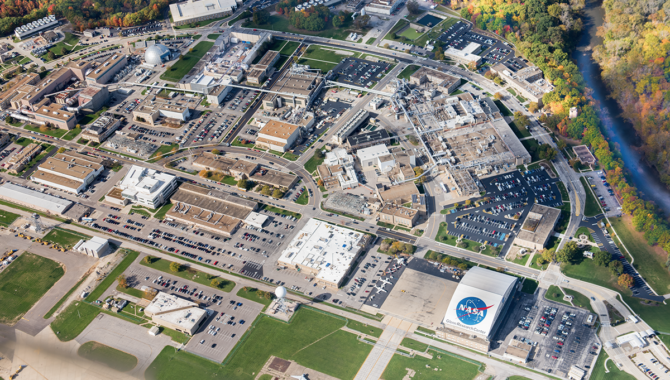
Nearly 200 gather to discuss key issues for technical workforce.
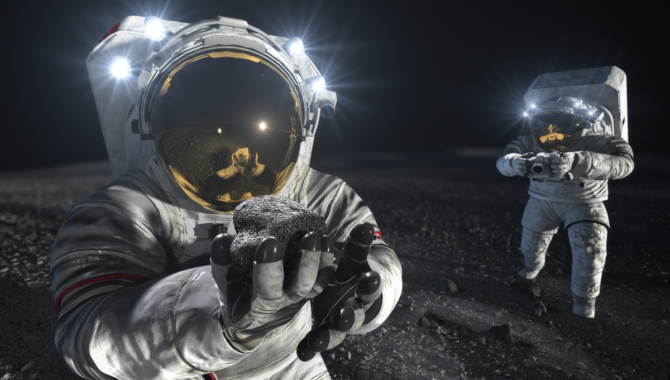
Research finds that $25.4 billion budget yields $75.6 billion in economic output.
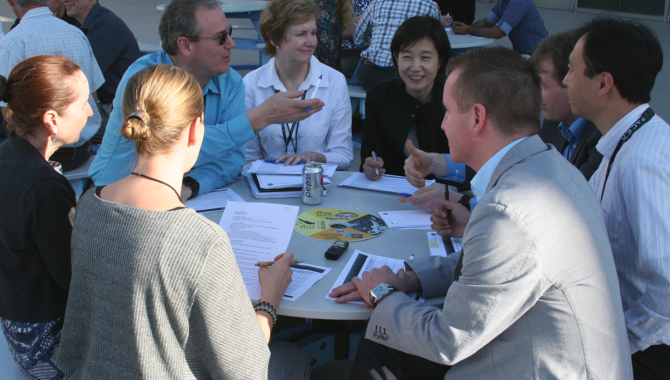
As a member of NASA’s knowledge management community representing the Office of the Chief Human Capital Officer, I recently shared with the community the benefits of using collaboration platforms for knowledge sharing.
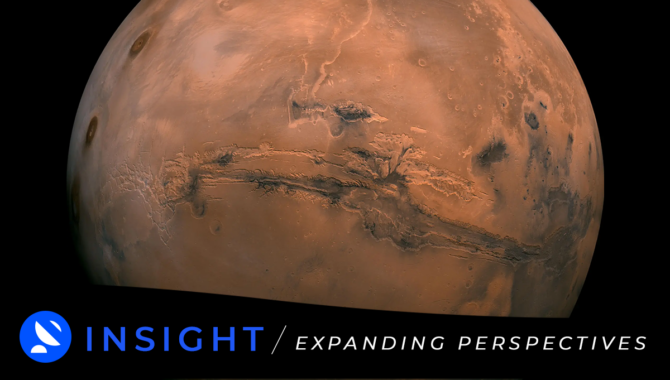
Don’t miss the latest issue of INSIGHT, APPEL Knowledge Services’ online publication featuring our new podcast episodes, columns, articles, lessons learned and more. We invite you to read it today on our website.
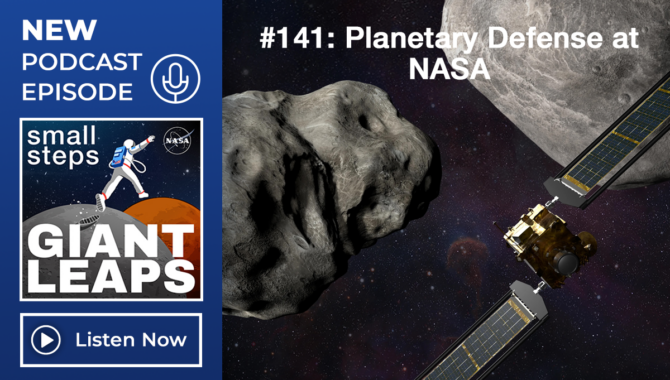
The best planetary defense is a good planetary offense. Learn how NASA’s Planetary Defense Coordination Office works to detect, track, and mitigate threats from asteroids and other near-Earth objects.
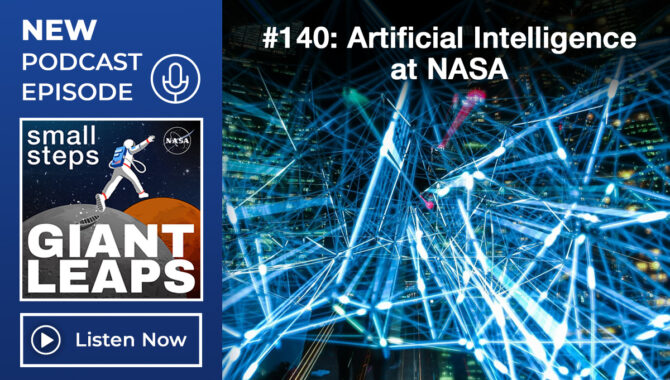
NASA has a long history with AI, using it in various applications like autonomous Mars rover navigation and detecting planets in other solar systems. Today, NASA is embracing AI for more members of the workforce, enabling innovation.
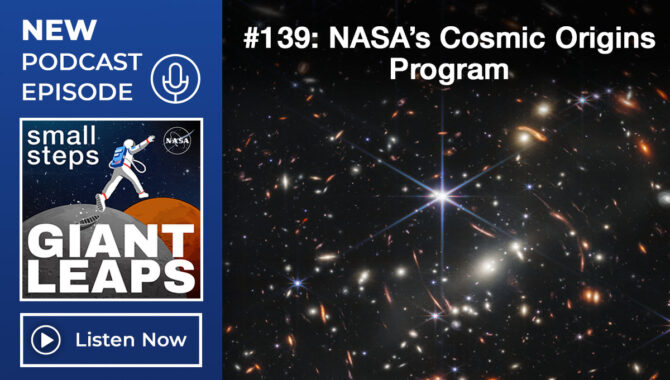
Where did we come from? It’s the ultimate question. Drs. Ron Gamble and Swara Ravindranath, scientists for NASA’s Cosmic Origins Program, are working to find out.
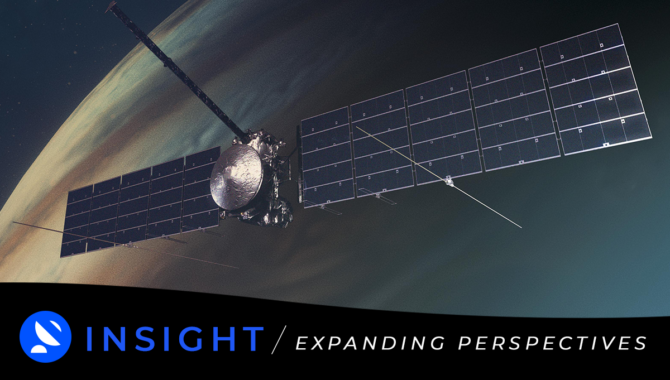
Don’t miss the latest issue of INSIGHT, APPEL Knowledge Services’ online publication featuring our new podcast episodes, columns, articles, lessons learned and more. We invite you to read it today on our website.